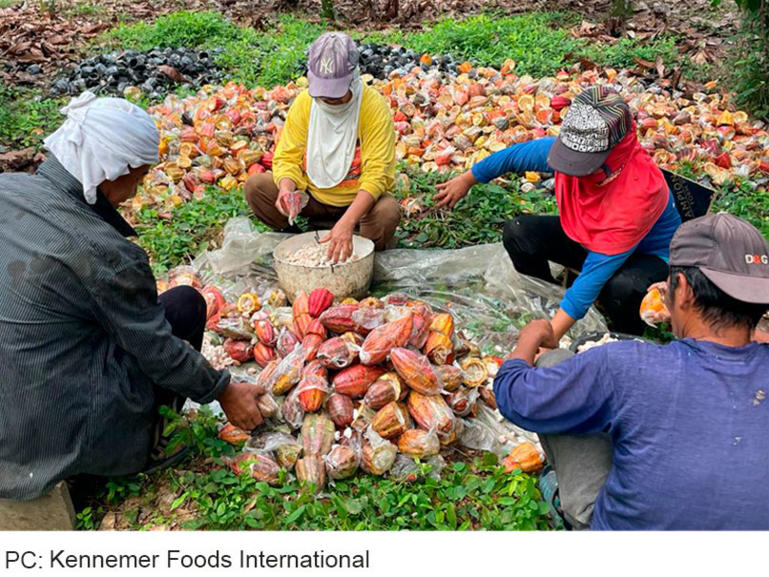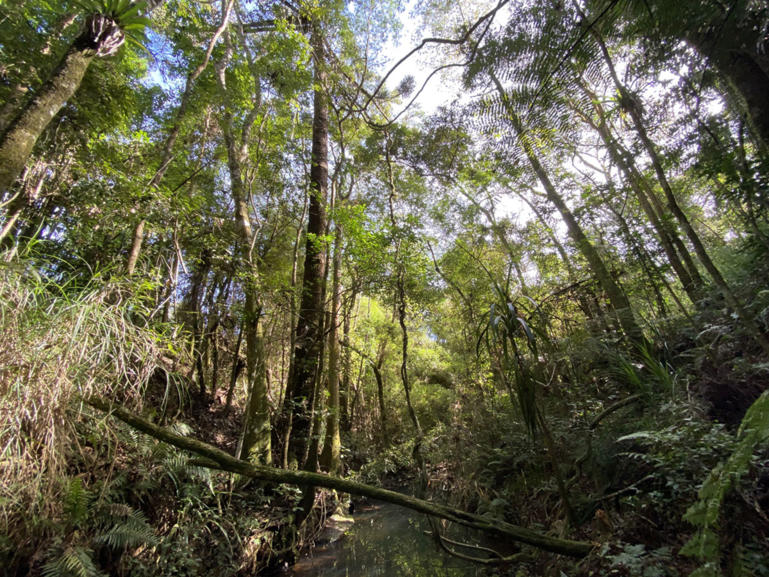Background
With the global population set to surpass 9 billion by 2050, finding a sustainable approach to managing land use has become critical. In the last two decades alone, the world has lost more than 25% of arable land, equating to roughly 2 billion hectares. Estimates show that an additional 12 million hectares of productive land are lost globally each year. In fact, according to the European Commission’s 2018 edition of the World Atlas of Desertification, 75% of the Earth’s land area has been degraded – a figure that could reach 90% by 2050.
Due to the far-reaching implications of land degradation on food security, livelihoods, climate change, biodiversity and the Earth’s ecosystems, there is an urgent need for long-term financing solutions that reduce and reverse land degradation. Land degradation neutrality, a target adopted by the SDGs (target 15.3) and other initiatives, highlights the need to use sustainable land management (SLM) practices to avoid additional social, ecological and economic capital damages. Landscape restoration and agroforestry are two SLM practices that show significant promise from a responsible land-use perspective and due to the environmental and social benefits that result.
Innovative partnership
The Land Degradation Neutrality (LDN) Fund is a first-of-its-kind impact investment fund designed to facilitate sustainable land use and land restoration investments and contribute to the larger LDN concept. The United Nations Convention to Combat Desertification (UNCCD) initiated the fund and Mirova acts as the fund’s independent manager. The Sustainable Trade Initiative (IDH) manages an associated donor- funded technical assistance (TA) facility that aims to expand positive development impacts, decrease environmental, social and governance (ESG) risks and enable knowledge sharing. The French Development Agency (AFD) and the Global Environmental Facility (GEF) provide donor contributions to the TA facility.
To oversee each investment using the approved SDG 15.3 metrics (and other social and environmental indicators), Mirova and IDH have partnered with Conservation International to create a measuring toolkit specifically focused on indicators for land productivity, land cover and soil organic carbon.
Since its final closing in March 2021, the LDN Fund has secured USD $208 million in investment commitments from public sector partners (including the French Development Agency (AFD), the European Investment Bank, the UK Department for Environment, Food and Rural Affairs (DEFRA), Global Affairs Canada and the Government of Luxembourg) and private sector partners (such as Allianz, BNP Paribas Cardif, Fondaction and Natixis Assurances).
Solution
As an innovative financing vehicle, the LDN Fund provides long-term financing (debt and equity) to projects and companies in the agroforestry, forestry and regenerative agriculture sectors, as well as other land-based activities.
To reach the SDG target of achieving LDN by 2030, private sector investments (in addition to public resources) are necessary.
This is where the LDN Fund comes in. It leverages public resources to catalyze the large pool of private capital available.
At present, the fund has invested in 10 companies in Africa, Asia and Latin America, with a number of other projects under active consideration. It evaluates projects based on their economic profitability (operational robustness and financial viability), environmental and social impact, and risk management.
While the LDN Fund focuses solely on developing countries, the scope of investments is global, ensuring it is well-diversified between different sectors, business models and regions. To appeal to private investors who normally wouldn’t invest in SLM projects (such as pension funds, insurers and other institutional investors), the fund relies on a layered capital structure, offering appropriate risk-return profiles for two investment classes:
- Junior investors that take a first-loss position, prioritizing environmental and social impacts over financial returns (i.e. public organizations);
- Senior investors that seek market financial returns with a low-risk profile, wishing to diversify their portfolio and invest in real assets (i.e. institutional investors).
The LDN Fund TA facility, which provides grants to assist projects seeking LDN Fund investments, has four key workstreams:
- Pre-investment stage project design support;
- Post-investment assistance to projects in the implementation phase;
- Impact monitoring;
- Sharing of lessons learned and knowledge from successful sustainable land management investment models.
Expected impact
By investing in SLM and land restoration projects, the LDN Fund is set to deliver positive environmental and socio-economic impacts, in addition to financial returns. With its focus on land degradation, the LDN Fund aims to achieve targets of 350,000 hectares under sustainable land management, 70,000 jobs provided by its investments and 25 million metric tons of CO2 sequestered.
Sources
- European Investment Bank (n.d.). Land Degradation Neutrality Fund.
- Green Finance Institute (n.d.). Mirova Land Degradation Neutrality Fund.
- Mirova (2021). Land Degradation Neutrality Fund Impact Report 2021.
- Mirova (2022). Land Degradation Neutrality (LDN) Fund – An innovative impact investment fund for sustainable land use, with a linked TA Facility.
- Mirova (2022). Land Degradation Neutrality Fund (LDN): 2022 Impact Report.
- Mirova (n.d.). Land Degradation Neutrality Fund – An innovative fund project dedicated to sustainable land use.
- Natixis (2022). Mirova accelerates the rollout of its sustainable land use investment program with three new projects in Brazil, Morocco, and the Philippines. 12 May 2022.
- One Planet Summit (n.d.). Land Degradation Neutrality Fund (LDN).


